
The Clean Ports Report Card
Scores and Results
Comprehensive assessments of port performance in emissions reduction, transparency, and community engagement
Pilot Ports
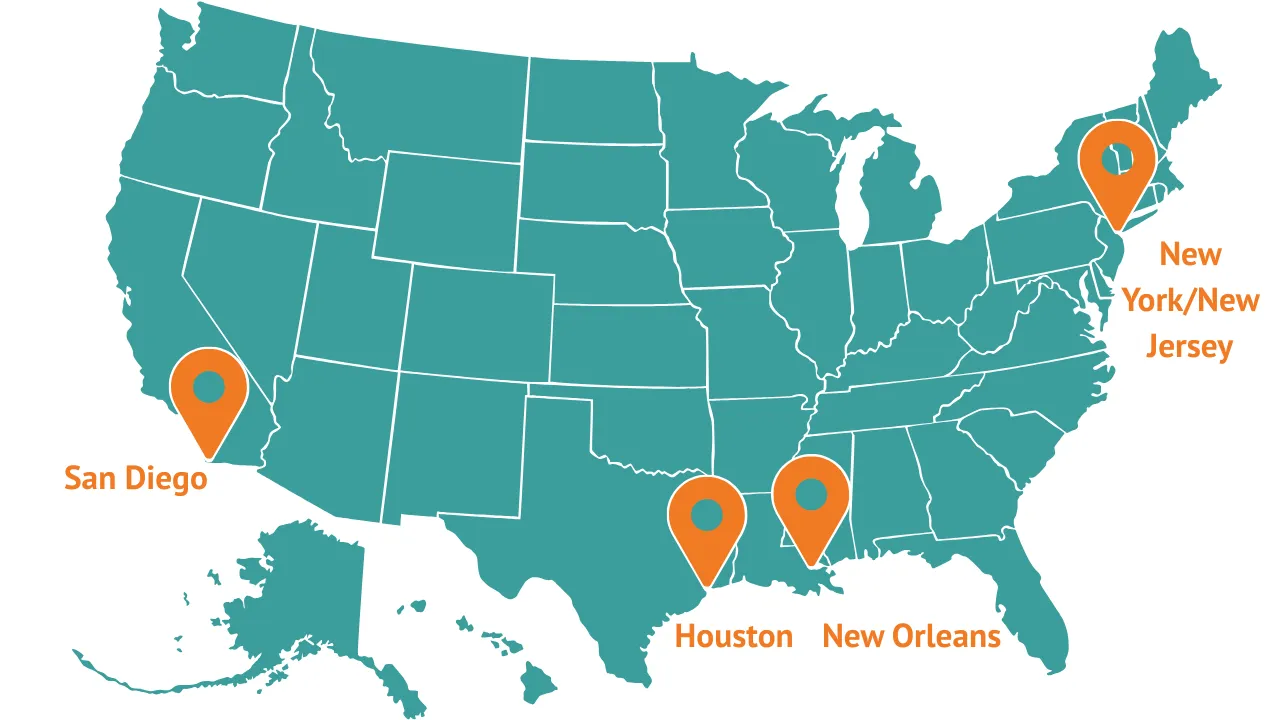
Port of San Diego
California
Port of New Orleans
Louisiana
Port of Houston
Texas
Port Authority of New York and New Jersey
New York / New Jersey
Results from the Pilot Report Cards
Launched in 2025, the Clean Ports Report Card is the first standardized tool for tracking port progress in cutting pollution. A coalition of national and community groups used it to evaluate four pilot ports—San Diego, New Orleans, Houston, and New York/New Jersey—showing what real accountability looks like. Use the template to grade your own port and push for cleaner air, stronger accountability, and healthier communities.
Port of San Diego
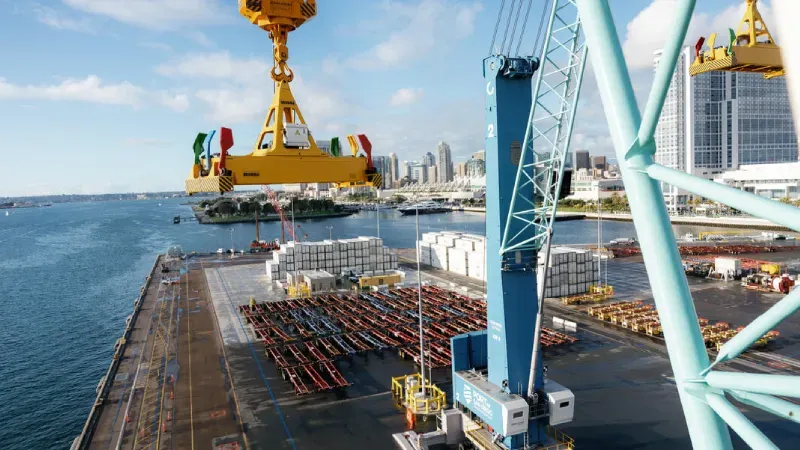
Performance Score
Rising StarKey Highlights:
- •Strong emissions inventory
- •Active community engagement
- •Clear decarbonization timeline
Port of New Orleans
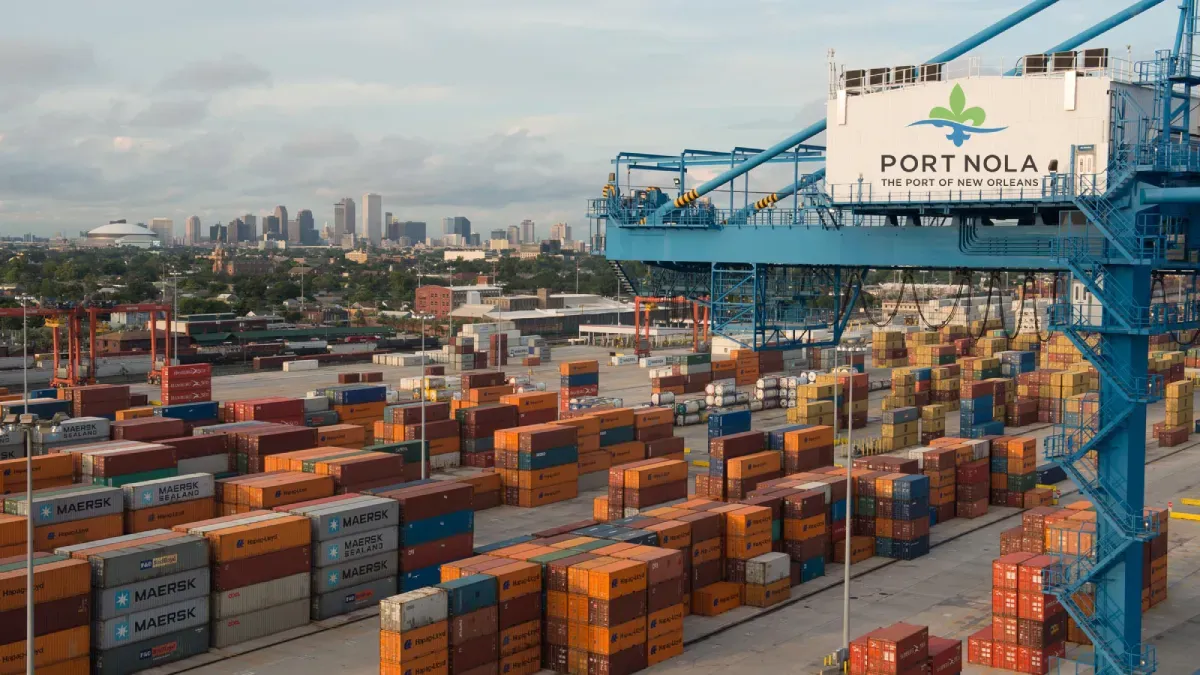
Performance Score
Preparing to LaunchKey Highlights:
- •Improving community partnerships
- •Pledged to prioritize sustainability in proposed LIT development
- •Needs to track start tracking emissions, set targets, and follow-through on LIT commitments
Port of Houston
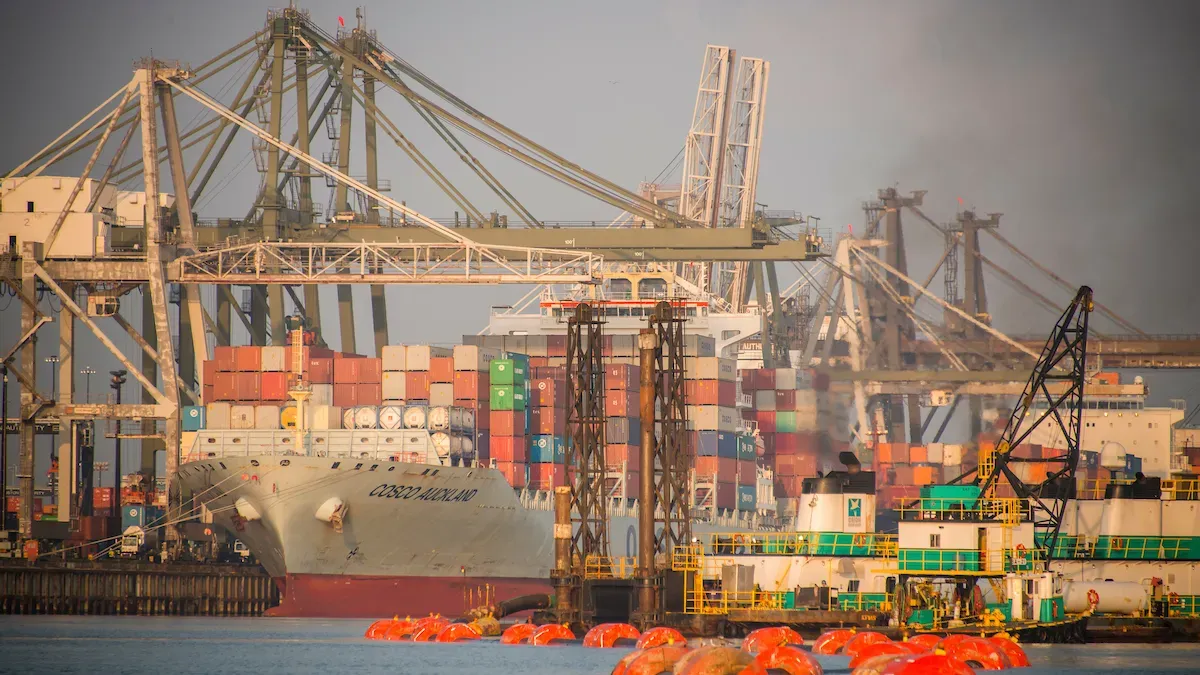
Performance Score
Wharf in ProgressKey Highlights:
- •Comprehensive emissions inventory
- •Modest clean air targets and minimal progress
- •Lacking deeper community partnerships
Port Authority of New York and New Jersey
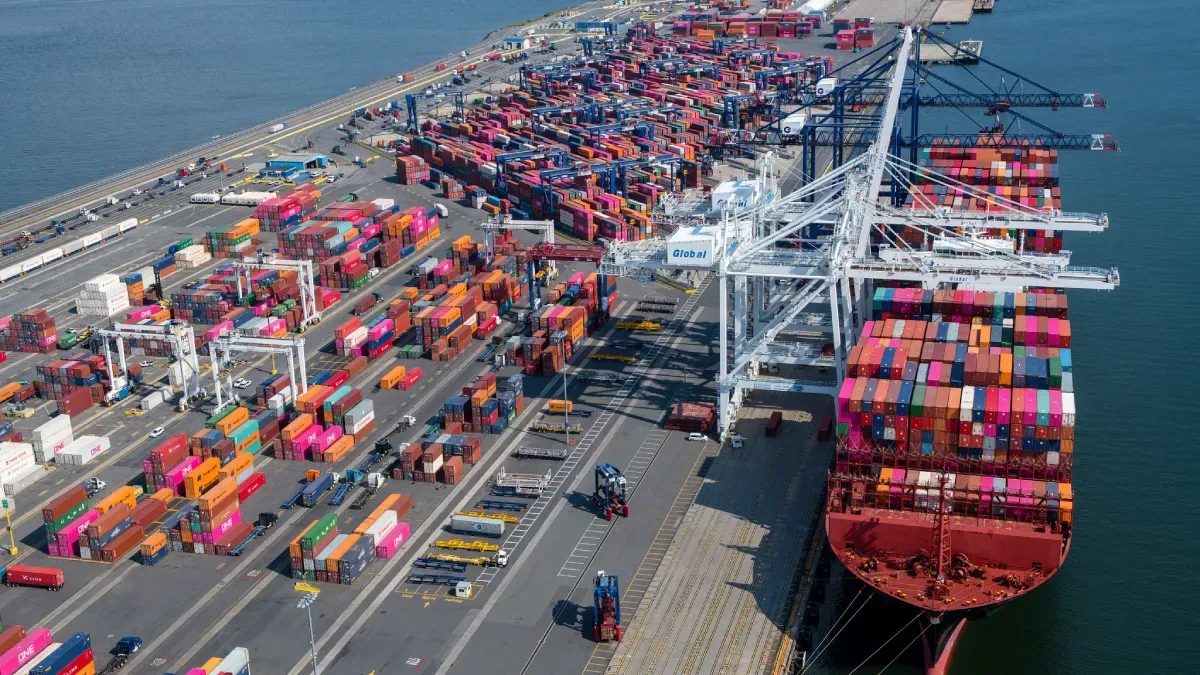
Performance Score
Healthier HarborKey Highlights:
- •"Gold Standard" emissions inventory
- •Clean air plan is strong but could be improved
- •Greatest room for improvement is in community engagement and emissions reduction actions
Report Card Categories
Our comprehensive scoring system evaluates ports across four critical categories, each designed to measure different aspects of environmental responsibility and community impact.
Scores how the port measures emissions, the frequency of this reporting, and whether this reporting is made available to the public. An emissions inventory is a quantification of selected pollutants that are emitted within a designated area by mobile sources over a given time period. Emissions inventories help port operators identify and quantify the air emissions impacts across the port's operations.
Evaluates the port's targets and milestones for overall emissions reduction and decarbonization of key infrastructure.
Evaluates the port's emission reduction actions such as emissions reductions programs or adoption of low or zero-emission technology for drayage trucks, ocean going vessels, rail, harbor craft, and cargo handling equipment.
Evaluates the port's engagement with portside environmental justice communities, including the existence of community programs, workforce development, board representation, partnerships, and commitments to procedural justice.
Grading Scale and Definitions
Each category is evaluated using a comprehensive scoring system with clear thresholds and definitions, ensuring transparent and consistent assessment across all ports.
Overall Score Classifications
Final scores represent the average performance across all four evaluation categories
Category-Specific Scoring Criteria
The port does not have an emissions inventory, or it has a very limited inventory that does not cover a broad range of pollutants and/or sectors. The port mostly does not follow federal guidance on reporting.
The port has an air quality inventory that measures some key pollutants and/or sectors, but not all. The port does not adequately follow federal guidance on reporting.
The port has an air quality inventory that generally follows federal guidance for reporting, but it may not cover all pollutants or sectors, may not be updated frequently, or may not be available to the public.
The port has an air quality inventory that follows federal guidance for reporting, but it may not cover all pollutants or sectors, may not be updated frequently, or may not be available to the public.
The port has a complete emissions inventory, covering all relevant emissions sources and pollutants. This inventory is comprehensive, regularly updated, and available to the public.
| Grade | Threshold | Definition |
|---|---|---|
| Preparing to Launch | 0% | The port does not have an emissions inventory, or it has a very limited inventory that does not cover a broad range of pollutants and/or sectors. The port mostly does not follow federal guidance on reporting. |
| Wharf in Progress | 60% | The port has an air quality inventory that measures some key pollutants and/or sectors, but not all. The port does not adequately follow federal guidance on reporting. |
| Healthier Harbor | 70% | The port has an air quality inventory that generally follows federal guidance for reporting, but it may not cover all pollutants or sectors, may not be updated frequently, or may not be available to the public. |
| Rising Star | 80% | The port has an air quality inventory that follows federal guidance for reporting, but it may not cover all pollutants or sectors, may not be updated frequently, or may not be available to the public. |
| Clean Port Champion | 90% | The port has a complete emissions inventory, covering all relevant emissions sources and pollutants. This inventory is comprehensive, regularly updated, and available to the public. |
STAY UPDATED
The Clean Port Report Card template scoring sheet and report card were developed as resources for port community advocates across the country to utilize to evaluate and provide recommendations to their local port.
Contact Us
Please email us with your questions or requests and include your Full Name, Organization Name, Port of Interest (if applicable), and Your Message.
Send EmailThank you for your message in advance.